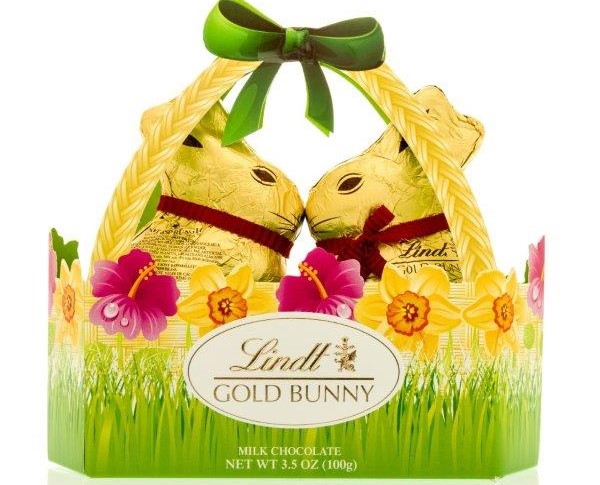The German Federal Court of Justice (Bundesgerichtshof) stated today in a decision (I ZR 139/20) that the golden colour of the Lindt Gold Bunny is protectable as a trademark under German law. The full reasons for the decision have not yet been published and, only a press release of the decision is available.
The Lindt Gold Bunny has been sold in Germany since 1952 and the golden colour used has been used since 1994. Over the last thirty years, the chocolate figure has been sold over 500 million times in Germany has a market share of 40%. The Bunny is by far the most popular Easter chocolate bunny sold in Germany. However, the typical “golden” colour of the packaging has never been registered as a trademark in the European Union.
The question decided by the Court was therefore whether the typical golden colour could be protected.
Section 4 Nr. 2 of the German Trademark Act (MarkenG) states:
“Trademark protection arises from the use of a sign in the course of trade to the extent that the sign has acquired a reputation as a trademark within the relevant public.“
The Higher Regional Court in Munich (OLG München) was of the opinion that trademark protection did not arise from the fact that the gold bunny had been used as a sign in the course of trade for decades. The golden colour had not acquired a reputation as a trademark within the relevant public. The Federal Court in an Appeal on a point of law overruled this decision of the Higher Regional Court and based its judgement on the fact that the golden colour of the Lindt chocolate bunny is well known to the general public and that they will link the gold tone in combination with a chocolate bunny to the Swiss company Lindt.
The claimants (subsidiaries of the Lindt & Sprüngli Group) carried out a survey which showed that 70 % of the relevant public think that the golden colour in the context of chocolate bunnies is linked to Lindt. The court noted that the relevant threshold that needs to be passed to establish a reputation as a trademark is 50 % if the trademark that seeks protection could not be registered as a trademark because of the so-called “absolute grounds of refusal” according to Section 8 paragraph 2 Nr. 1-3 of the German Trademark Act. If the trademark can be registered, this threshold is only 20 to 25 %.
For the question of trademark protection of a colour, it is irrelevant whether the public would think that the golden colour on a chocolate bunny with another shape would be an indication that the product stems from Lindt. The court also stated that it is also irrelevant that the golden colour is used in combination with some other features. The bunnies are clearly sitting down, they have little bells around the neck, they are painted and in Germany, the name “GOLDHASE” (=gold bunny) is displayed on the packaging. The relevant point is that the relevant public sees the golden colour as a proof of origin even if the golden colour is used together with those other features. The Court then decided that the golden colour was protected as a commonly used, but unregistered, trademark (similar to a common law trademark in the Anglo-Saxon legal system)
The Court remitted the case back to the Munich Higher Regional Court to decide whether the defendant (which uses a similar golden foil as packaging for their chocolate bunnies) infringed Lindt’s trademark. The Court will now have to decide whether the shape of the bunny or other distinguishing factors in combination with the golden colour are such that there exists a risk of confusion.
If you would like to have more information on how to get your trademark protected, feel free to contact us.
Picture: Keith Homan / Shutterstock





